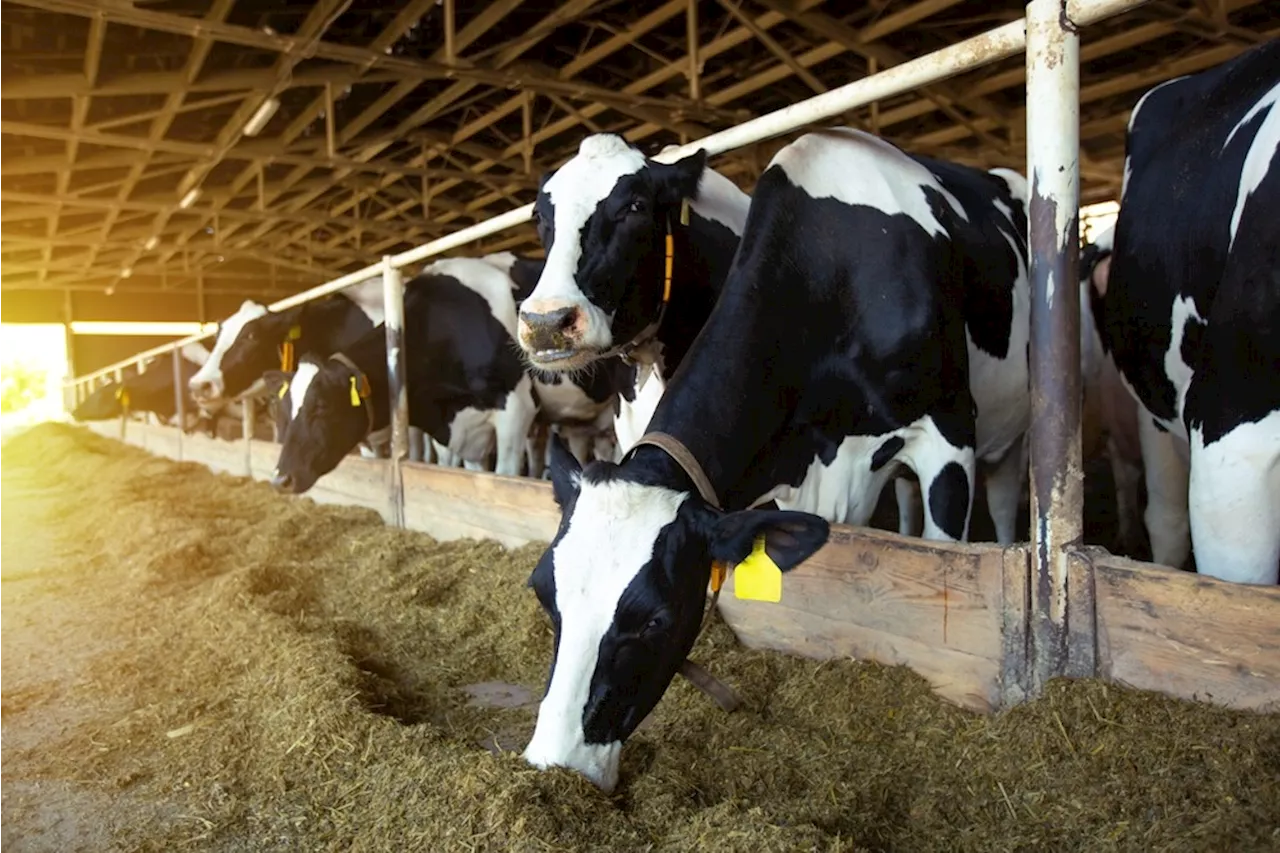Researchers compared the distribution of sialic acid receptors in the respiratory tract and mammary glands of dairy cattle naturally infected with the highly pathogenic avian influenza A(H5N1) virus.
By Vijay Kumar MalesuReviewed by Danielle Ellis, B.Sc.Jul 18 2024 In a recent study published in Emerging Infectious Diseases , a group of researchers compared the distribution of sialic acid receptors in the respiratory tract and mammary gland s of dairy cattle naturally infected with the highly pathogenic avian influenza A virus .
The diagnosis was confirmed through real-time reverse transcription polymerase chain reaction and immunohistochemistry in the mammary glands and lungs. Formalin-fixed and paraffin-embedded tissue sections of trachea, lung, and mammary gland tissues, as well as milk samples, were collected for further analysis.
The staining process involved incubating sections with specific lectins and streptavidin conjugated with Alexa Fluor 647, followed by immunostaining with influenza A nucleoprotein . Multicolor immunofluorescent staining was performed using antibodies against cytokeratin and Ionized calcium-binding adapter molecule 1 .
Related StoriesHistological examination of the mammary gland revealed acute moderate multifocal mastitis characterized by epithelial attenuation and intraluminal neutrophilic inflammation. Immunohistochemistry for IAV-Np in the mammary gland showed intranuclear and intracytoplasmic immunoreactivity in alveolar and interlobular ductal epithelial cells.
Agriculture Avian Influenza H5N1 Immunohistochemistry Infectious Diseases Inflammation Influenza Mammary Gland Mastitis Public Health Receptor Research Respiratory Virus
United Kingdom Latest News, United Kingdom Headlines
Similar News:You can also read news stories similar to this one that we have collected from other news sources.
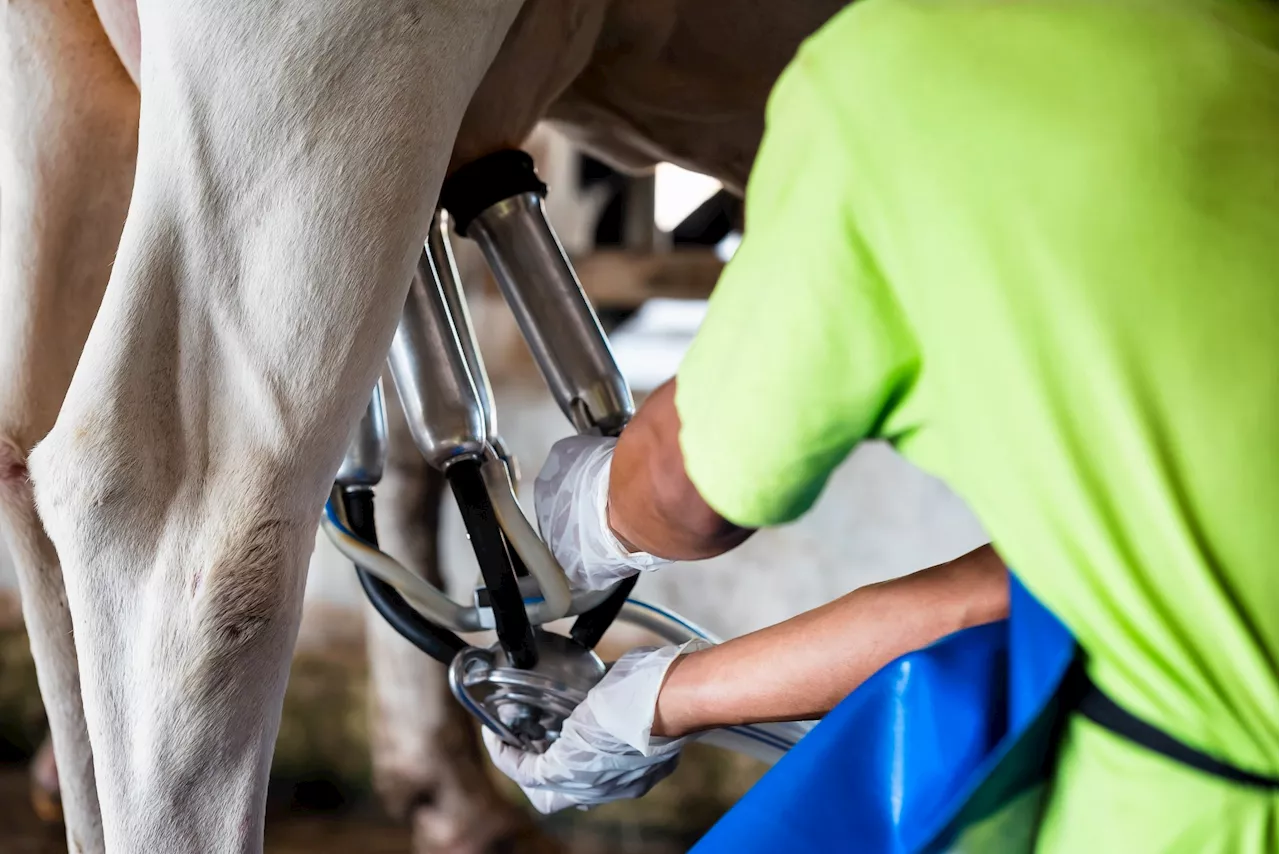 Study warns of H5N1 avian flu risk from unpasteurized milk in dairy farmsResearchers found that the H5N1 avian influenza virus can persist in unpasteurized milk on milking equipment, posing an infection risk to dairy workers. They recommend protective gear and sanitization to prevent virus transmission.
Study warns of H5N1 avian flu risk from unpasteurized milk in dairy farmsResearchers found that the H5N1 avian influenza virus can persist in unpasteurized milk on milking equipment, posing an infection risk to dairy workers. They recommend protective gear and sanitization to prevent virus transmission.
Read more »
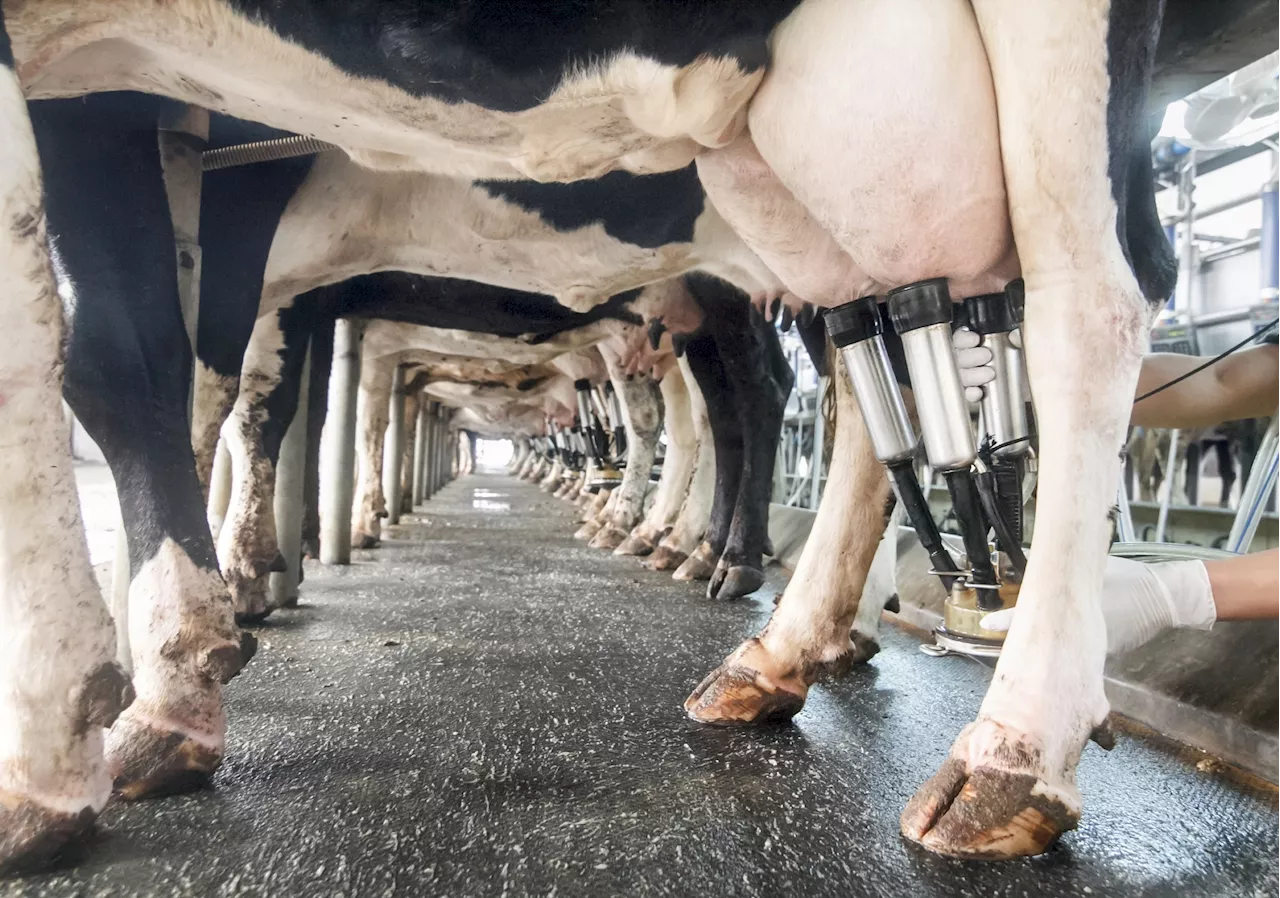 Bovine H5N1 flu virus in cow milk poses significant health risks, study showsStudy characterizes the pathogenicity and transmission dynamics of the H5N1 influenza virus in bovine milk, highlighting significant public health risks and potential mammalian transmission.
Bovine H5N1 flu virus in cow milk poses significant health risks, study showsStudy characterizes the pathogenicity and transmission dynamics of the H5N1 influenza virus in bovine milk, highlighting significant public health risks and potential mammalian transmission.
Read more »
 New study sheds light on potassium channels to help researchers design better drugsPotassium channels are openings that allow charged potassium atoms to cross the cell membrane. Voltage-gated potassium channels—which open only when a specific voltage is reached across the cell membrane—are essential for the electrical impulses that nerve cells or neurons use to communicate.
New study sheds light on potassium channels to help researchers design better drugsPotassium channels are openings that allow charged potassium atoms to cross the cell membrane. Voltage-gated potassium channels—which open only when a specific voltage is reached across the cell membrane—are essential for the electrical impulses that nerve cells or neurons use to communicate.
Read more »
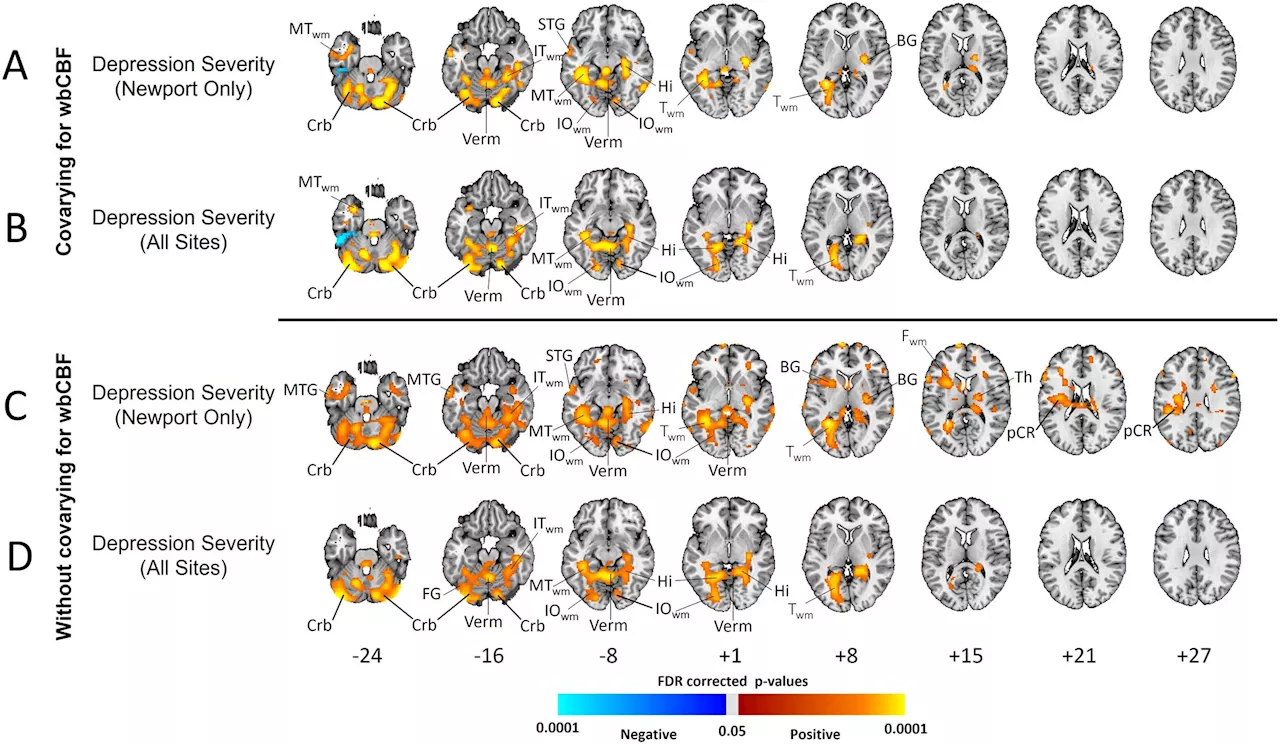 Behavioral health researchers study hundreds of brain scans to explore the biology of depressionIn the last 50 years, behavioral health researchers have made major progress in understanding depression not as a condition born purely from lived experiences, but as a multi-faceted disorder with complex underlying biology.
Behavioral health researchers study hundreds of brain scans to explore the biology of depressionIn the last 50 years, behavioral health researchers have made major progress in understanding depression not as a condition born purely from lived experiences, but as a multi-faceted disorder with complex underlying biology.
Read more »
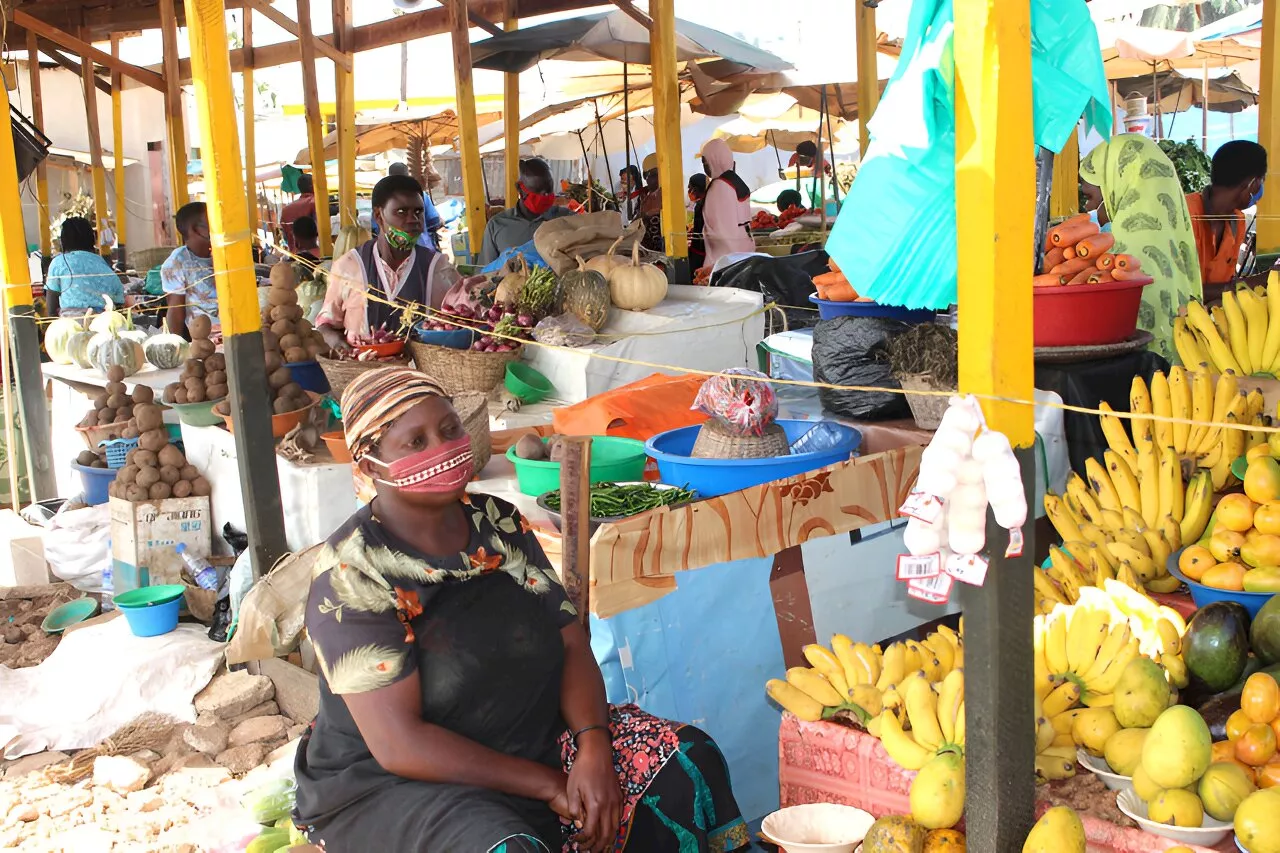 Researchers study differences in attitudes toward COVID-19 vaccines between women and men in AfricaWhile many studies over the past several years have examined people's access to and attitudes toward COVID-19 vaccines, few studies in sub-Saharan Africa have looked at whether there were differences in vaccination rates and intention between men and women.
Researchers study differences in attitudes toward COVID-19 vaccines between women and men in AfricaWhile many studies over the past several years have examined people's access to and attitudes toward COVID-19 vaccines, few studies in sub-Saharan Africa have looked at whether there were differences in vaccination rates and intention between men and women.
Read more »
 Texas A&M researchers study impact of space travel on eye healthAs space travel becomes more common, it is important to consider the impacts of space flight and altered gravity on the human body. Led by Dr. Ana Diaz Artiles, researchers at Texas A&M University are studying some of those impacts, specifically effects on the eye.
Texas A&M researchers study impact of space travel on eye healthAs space travel becomes more common, it is important to consider the impacts of space flight and altered gravity on the human body. Led by Dr. Ana Diaz Artiles, researchers at Texas A&M University are studying some of those impacts, specifically effects on the eye.
Read more »
